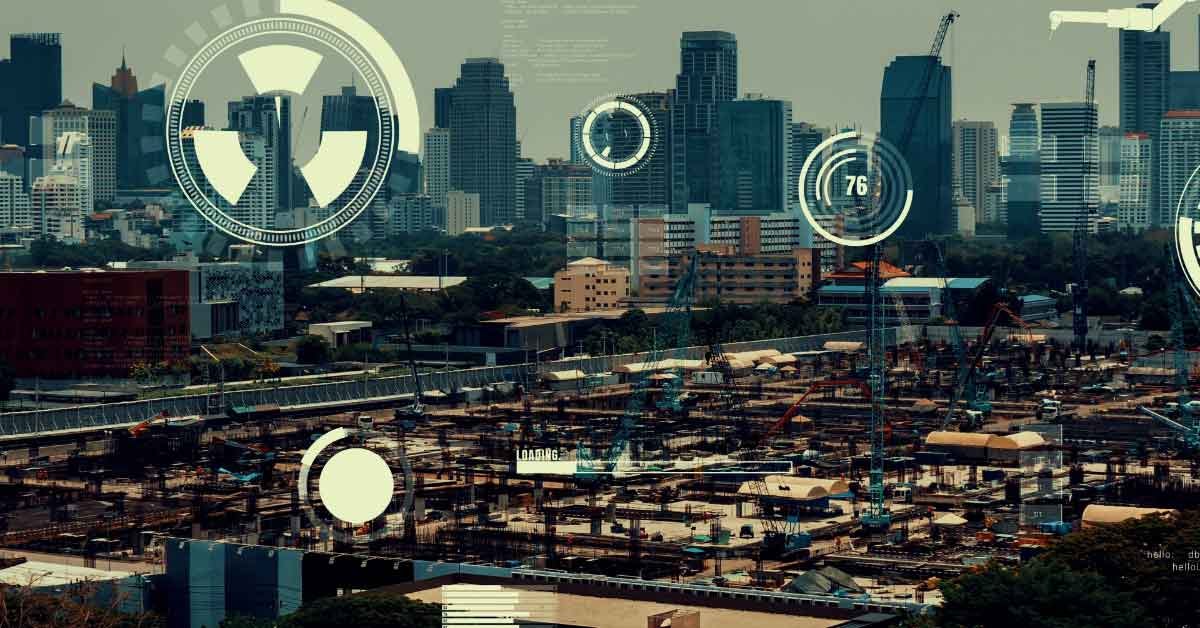How are IoT architecture and its benefits for Enterprises?
To increase the association between IoT devices and IoT systems, adaptive frameworks and architectural designs have become increasingly popular in the Internet of Things (IoT). IoT systems are classified according to their application domains and location. As a result, it creates a lot of dependencies between disciplines, platforms, and services. Given the interdependence of IoT devices and IoT systems, an intelligent, connection-aware framework has become a requirement; this is where IoT architecture comes in!

Imagine a centralized control system for various smart IoT systems, from sensors and actuators to internet gateways and Data Acquisition Systems! The brain, in this case, is the Internet of Things architecture, whose efficacy and applicability are directly proportional to the quality of its components. Different approaches to IoT architecture include how a system interacts and what functions an IoT device performs. Because architecture can be thought of as the brain of an IoT system, it’s also possible to say that a lack of intelligent, connection-aware architecture to support interaction in IoT systems is one of the primary causes of poor integration.
A More In-Depth Look at the “Brain”: IoT Architecture
An IoT architecture is a collection of components that include sensors, protocols, actuators, cloud services, and layers in its most basic form.
The Internet of Things (IoT) architecture layer is distinct from tracking the consistency of a system through protocols and gateways, in addition to devices and sensors. Researchers have offered different architectures, and we agree that there is no consensus on IoT architecture. A three-layer architecture is the most fundamental.
The perception, network, and application layers are the three separate layers.
The physical layer, which includes sensors for perceiving and gathering information about the surroundings, is the perception layer. It detects some biological factors or detects other intelligent objects in the background.
Correlating with other smart things, network devices, and servers is the responsibility of the network layer. Its features are also used in the transmission and processing of sensor data.
The application layer is adept at providing the user with application-specific services. It specifies the number of applications for the Internet of Things (IoT) services, including smart homes, smart cities, and smart health.
A three-layer architecture defines the Internet of Things’ basic notion.
The five layers are:
- Business Layers
- Application Layers
- Processing Layers
- Transport Layers
- Perception Layers
- As its name implies, the transport layer is responsible for transporting sensor data from the perception layer to the processing layer and vice versa. SDN/NFV, 5G, wireless, local area networks, RFID, Bluetooth, and NFC are the primary modes of transportation.
- The processing layer, also known as the middleware layer, is responsible for storing, analyzing, and processing massive volumes of data received from the transport layer. It can control and provide a variety of services to the lower layers. Cloud computing, databases, and big data analytics are among the technologies used.
- The business layer oversees the entire IoT systems, including profit models, applications, and companies.
How Does an Enterprise Benefit From IoT Architecture?
We’ve learned about the various layers in IoT design, but how do they benefit organizations and get more out of IoT?
Although the Internet of Things refers to connected devices and protocols, the data from such devices is isolated, compartmentalized, and fragmented in practice. These fragmented insights do not give enough information to warrant a large investment in an IoT strategy on its own. For businesses to get the most out of IoT, device interactions must be open, and more device and system synergies must be made feasible.
This is where Enterprise IoT Architecture comes in handy. It can assist businesses in leveraging the interconnectedness of smart devices and systems, grouping them to measure specific data or create new solutions.
Businesses can use various technologies to automate business operations, ranging from embedded devices with actuators and sensors to internet-based communication and cloud platforms. Furthermore, enterprise IoT apps can send control instructions to devices based on specific business criteria. The insights gained from IoT datasets will become valuable for organizations to make decisions as Big Data analytics technologies advance. IoT design serves as a single node that monitors all processes, from connecting IoT devices to mining sensor data sets to regulating software platforms.
Here are a few examples of IoT architecture in various phases of implementation in businesses:
Internet Gateways: This component is based on the classic IoT Gateway, whose primary function is to operate as a proxy between the world of field devices and the enterprise data center, which is typically cloud-based.
Edge IoT: The name “edge” derives from “edge computing,” which refers to data processing at the network’s peripheral, as near as feasible to the data source. The essential feature that makes edge processing so important is bringing data processing and action closer to real-time.
Datacenter and cloud: IoT architecture, virtualization, hardware resources, and IoT devices can all be put to good use. In addition, HTTP and MQTT servers are introduced as IoT application servers. The HTTP servers can execute services for devices and end-users, while the MQTT servers provide many devices’ connections and real-time communication. Also, other key elements such as verifying databases are also given for functionality, availability, and implementation.
Conclusion
In closing, we can say that IoT technology vows to put creation in line with efficient management, research, and exploitation of the data, which is done by a vital, lasting, scalable, and secure IoT architecture.
An Internet of Things architecture may offer various solutions for various industries, but its essential component is to build an IoT ecosystem that is available, scalable, flexible, maintainable, and cost-effective. Thus, if you like to execute attractive and future-proof IoT projects, provide you with a well-defined and efficient IoT architecture.

Comments
Post a Comment